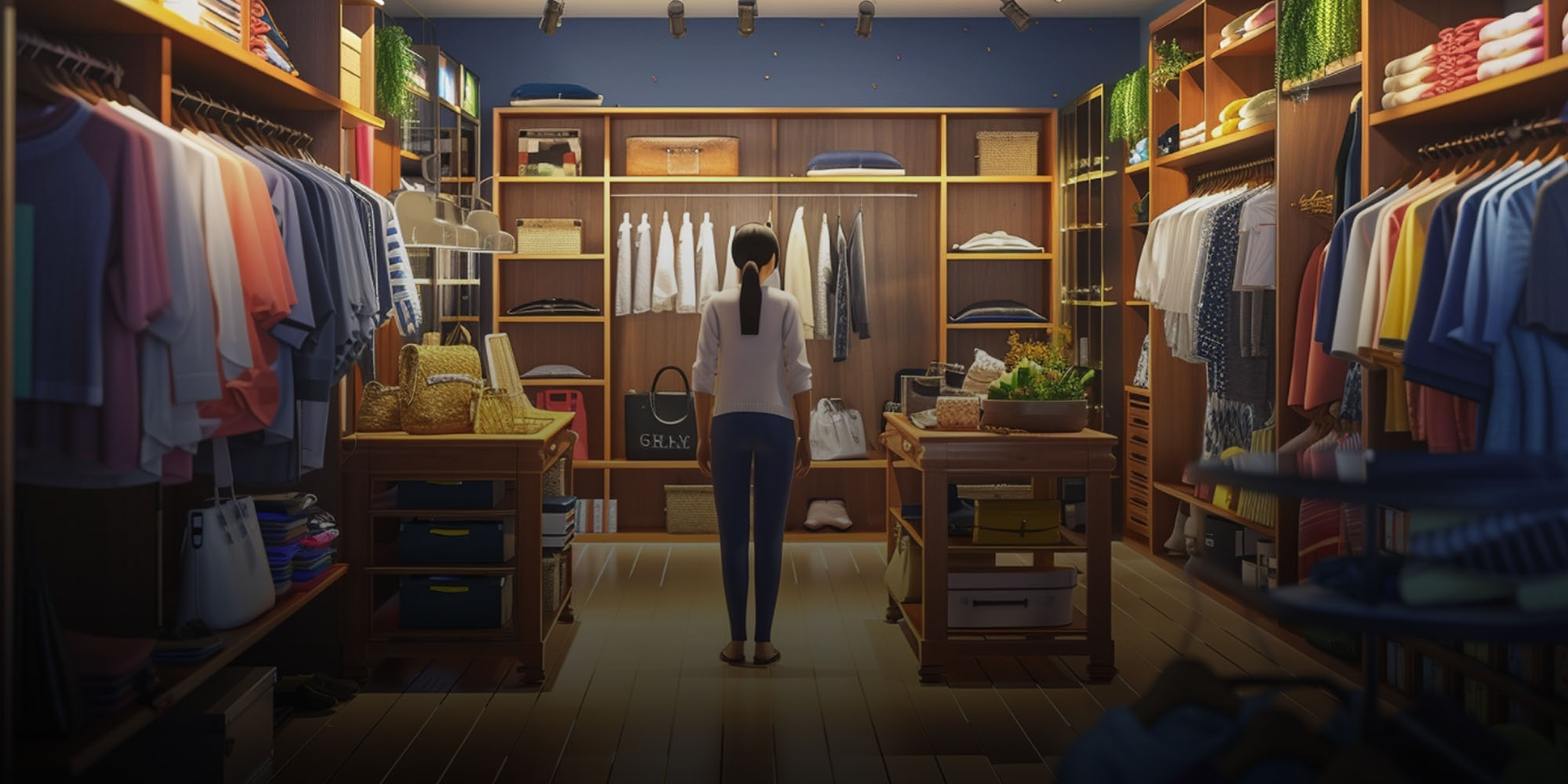Gen Z customers are part of a growing new group of consumers. As a knowledgeable marketer, you must discover what motivates this younger demographic and what aspects of your loyalty program to emphasize to appeal to them. Instead of viewing brand loyalty as a series of transactions, Gen Z consumers are more likely to view it as an emotional relationship based on “loving the brand they purchase from.” To ensure that your Gen Z consumers remain devoted to your business for many years to come, you must discover a route to their hearts and establish a relationship with them.
How does Gen Z Think?
The most varied generation is Gen Z. Their lives are significantly impacted by inclusivity, openness, views against gender discrimination, climate change, and marriage equality. They have never known a world without rapid access to information, entertainment, and commodities. They are difficult to advertise to since they would rather pay for services and spend time in ad-free media. More than half of Gen Zers say they trust social media influencers to provide them with sound advice on the businesses or goods they promote, despite their love-hate relationship with social media. Influencers must be reliable when reviewing products and providing comments, though.
What Generation Z Wants from a Loyalty Program
79% of Gen Z love the idea of loyalty programs and 60% think all brands should offer loyalty programs. Gen Z values experiences, charitable donations, “money can’t buy” rewards, and partnership perks more than other generations. According to the For Love or Money™ 2022 customer research conducted by The Point of Loyalty, members of Gen Z (49%) are significantly less focused on financial rewards. Also, Gen Z finds new ways of being rewarded more appealing, such as earning rewards for recycling (93%) and healthy habits (83%).
1. Develop a New Way of Looking at Loyalty
To keep participants involved, be sure to design a loyalty program that is simple to use and delivers alluring and attainable incentives. Generation Z is searching for benefits like free delivery, special prices, free gifts, and immediate access. And they’re prepared to put in the necessary effort to get those benefits. More than any other generation, Gen Z values free returns, and quick shipping.
Additionally, in the age of immediate gratification, Gen Z does not have the patience of Millennials, who must wait three to five business days for delivery. This segment also values inventive surprises and incentives like philanthropic contributions and brand experiences.
Example Program: Kleenex
The marketing team for Kleenex developed the surprise and pleasure campaign, which involved searching Facebook for those who had posted about being unwell at home with the flu or a cold. After compiling a list of social media users who were confined to their beds, Kleenex contacted each person’s friends and family to make arrangements for a “Kleenex Kit” filled with comfort goods to be delivered to the sick person’s door within hours of their social media post.
2. To really embrace omnichannel
Millennials view eCommerce as a resource that will make their life easier. Gen Z, who has grown up in a technologically advanced world, aspires to something more tangible and practical. They are omnichannel consumers that value the whole experience of visiting a physical store, trying on clothing, and immediately making a purchase. Gen Z is likely to enjoy an app-based connection as well as a seamless experience that enables them to interact with your loyalty program on any channel, at any time. Allow consumers to scan a QR code that is displayed in the store while they are in line, for instance. They will be able to use their welcome voucher when they get to the checkout desk.
Example program: Starbucks
Starbucks’ omnichannel loyalty program aims to provide customers with a more tailored and hassle-free experience. Their strategy is to maintain consumers’ ongoing interest in the brand. Members can communicate with one another through advertisements, social media, websites, and physical businesses. The firm has successfully integrated its loyalty program into its app, which has enhanced its mobile marketing. The app makes it simple to place orders for pickup at the closest Starbucks shop as well as to view how many “stars” (points) a member presently has.
3. Make Certain Memorable In-Store Experiences
Because Gen Z customers prefer to buy in physical locations, retailers must work to meet their high expectations for in-store experiences. They won’t hesitate to switch brands if the in-store experience is unpleasant; 25% of them won’t make another purchase if the in-store experience is unpleasant. Consider including loyalty program benefits like a digital concierge service, smart mirrors, fast checkout, or an in-store stylist to improve customers’ shopping experiences. Their emotional connection to your brand will get stronger as a result of these sorts of interactions. By gathering information on consumer behavior and investing in the right technology, brands can enhance the in-store shopping experience.
Loyalty program: Love, Bonito
One of the most enticing benefits of Love, Bonito’s loyalty program is the availability of a free private session with one of the brand’s Style Ambassadors for Gold tier members. Members may have an exceptional in-store experience with the book-a-stylist privilege. The women’s fashion brand may achieve an omnichannel experience, deliver fully individualized service, and drive numerous significant business KPIs by making this feature a members-only perk.
4. Members should be urged to include their friends.
While Millennials are more inclined to write reviews, Gen Z is more likely to play games, watch videos, post social media material, and recommend friends to their favorite brands. Additionally, they make brand purchases based on recommendations from friends. Forrester reports that 47% of US adult Gen Zers say they consult friends or family before making a purchase, in contrast to Millennials who prefer to get purchasing inspiration from online stores like Amazon or Target. Influencer recommendations are more prevalent among Gen Z (11%) than Millennials (7%), as well.
Example program: Dropbox
Brands should make sure they encourage Gen Z consumers to generate recommendations by providing them enticing benefits as part of their loyalty program offers as this generation has much less faith in traditional advertising.
5. Add Some Fun to It With Gamification
Game-loving Gen Z consumers. 65% of Gen Z buyers have purchased a virtual good that is exclusive to a video game, according to BCG. Because of this, including game-like components in your rewards program might aid in attracting and retaining clients. Gamification motivates customers to engage with your brand more frequently and make more purchases. These kinds of events may also foster a strong feeling of community and offer fresh chances for your business to gather client information.
Loyalty program example: Tmall
Tmall, China’s largest cross-border business-to-consumer online marketplace, launched an avatar game on their app where users can customize their 3D characters and complete daily challenges to earn points. The Tmall App also allows users to take pictures with each other’s avatars and post them. Plus they can earn extra points for completing different tasks.
6. Encourage sustainability
Both Millennials and Gen Z are more ecologically and financially aware, and they are more prone to base their purchases on their ideals. 90% of Gen Z said they are more likely to buy things they believe will benefit society. Additionally, they are more vocal and conscious of societal problems and environmental sustainability. They anticipate that companies will contribute to addressing global concerns and supporting worthy causes. Most Gen Z consumers like sustainable companies and are even prepared to pay an extra 10% for environmentally friendly goods. In fact, when it comes to making purchases, 3 out of 4 Gen Z customers place a higher priority on sustainability than brand recognition.
References:





